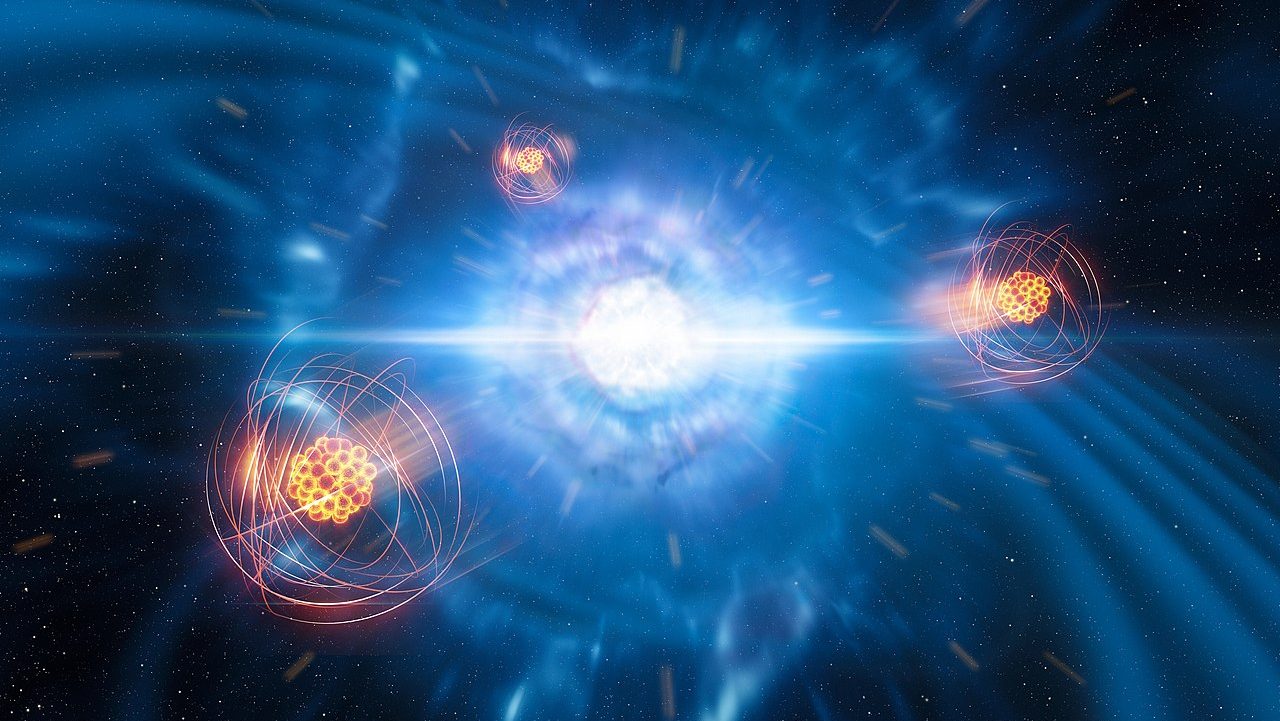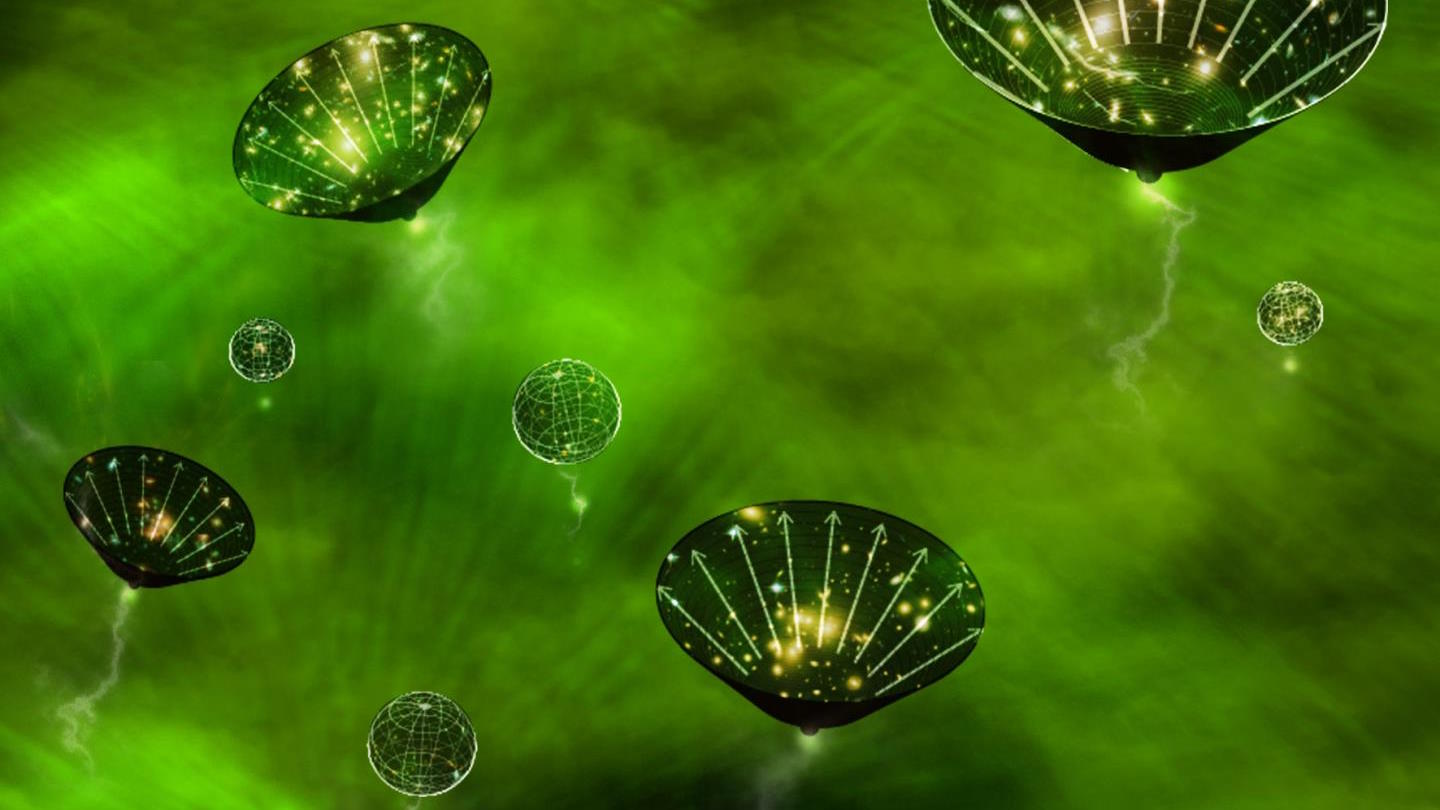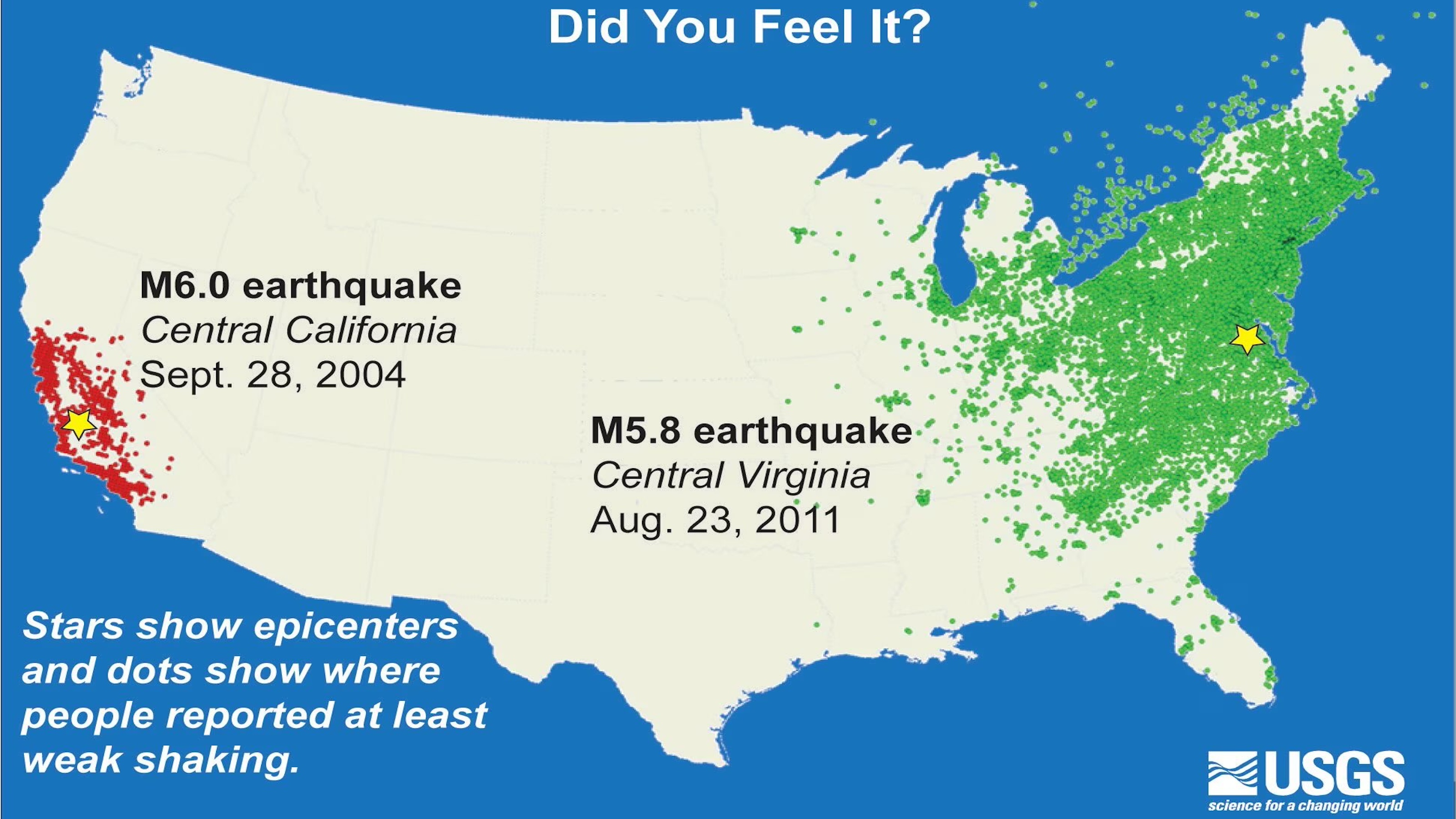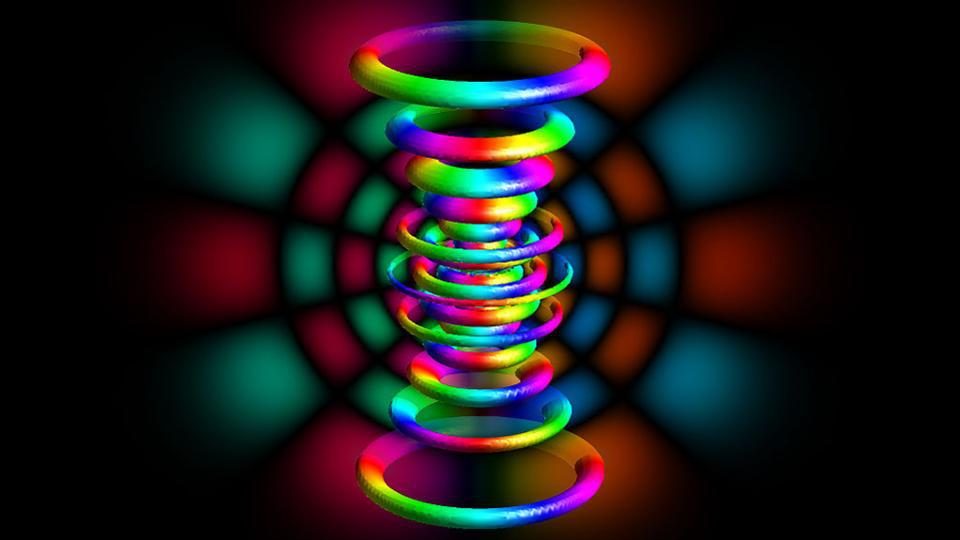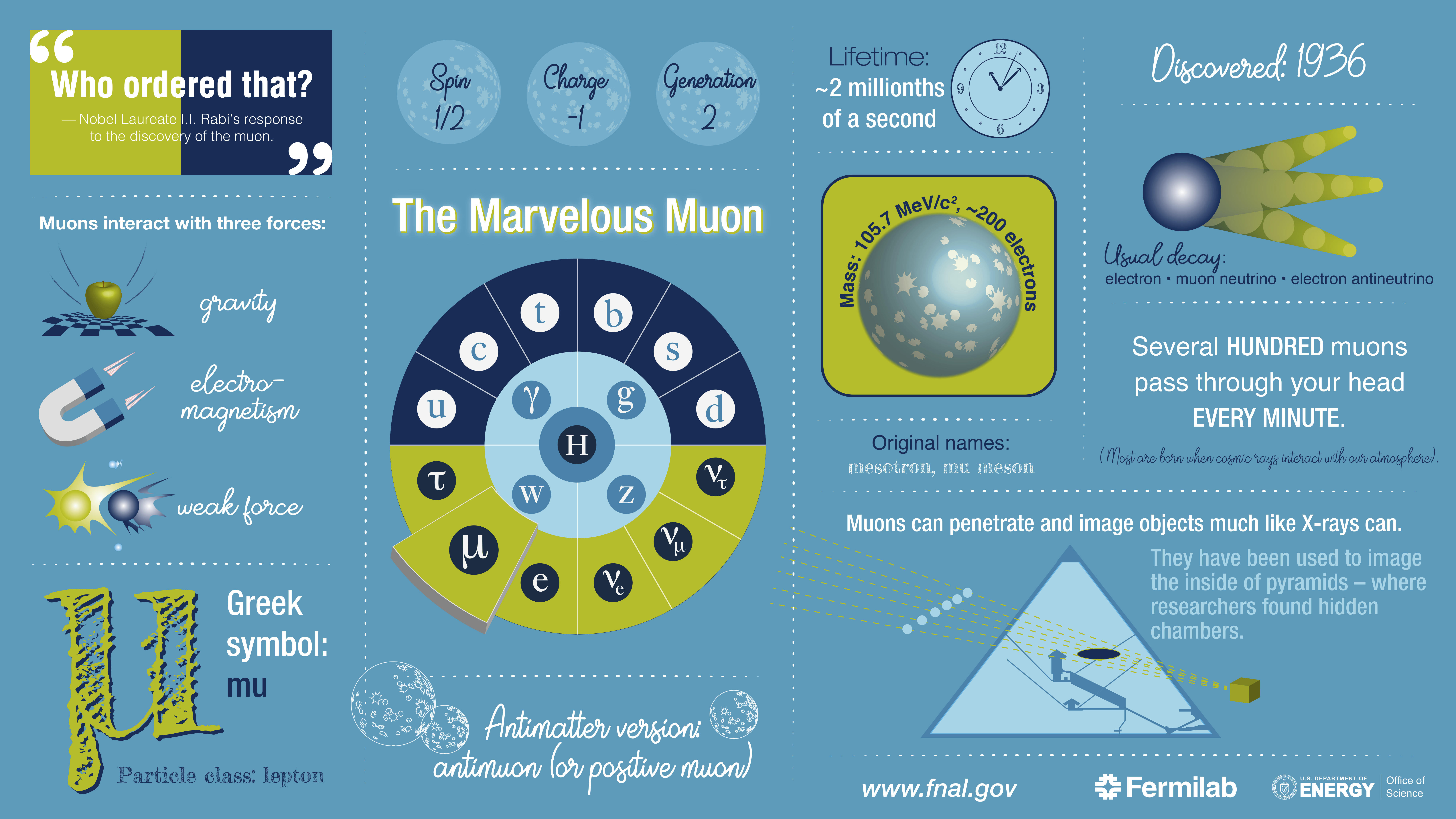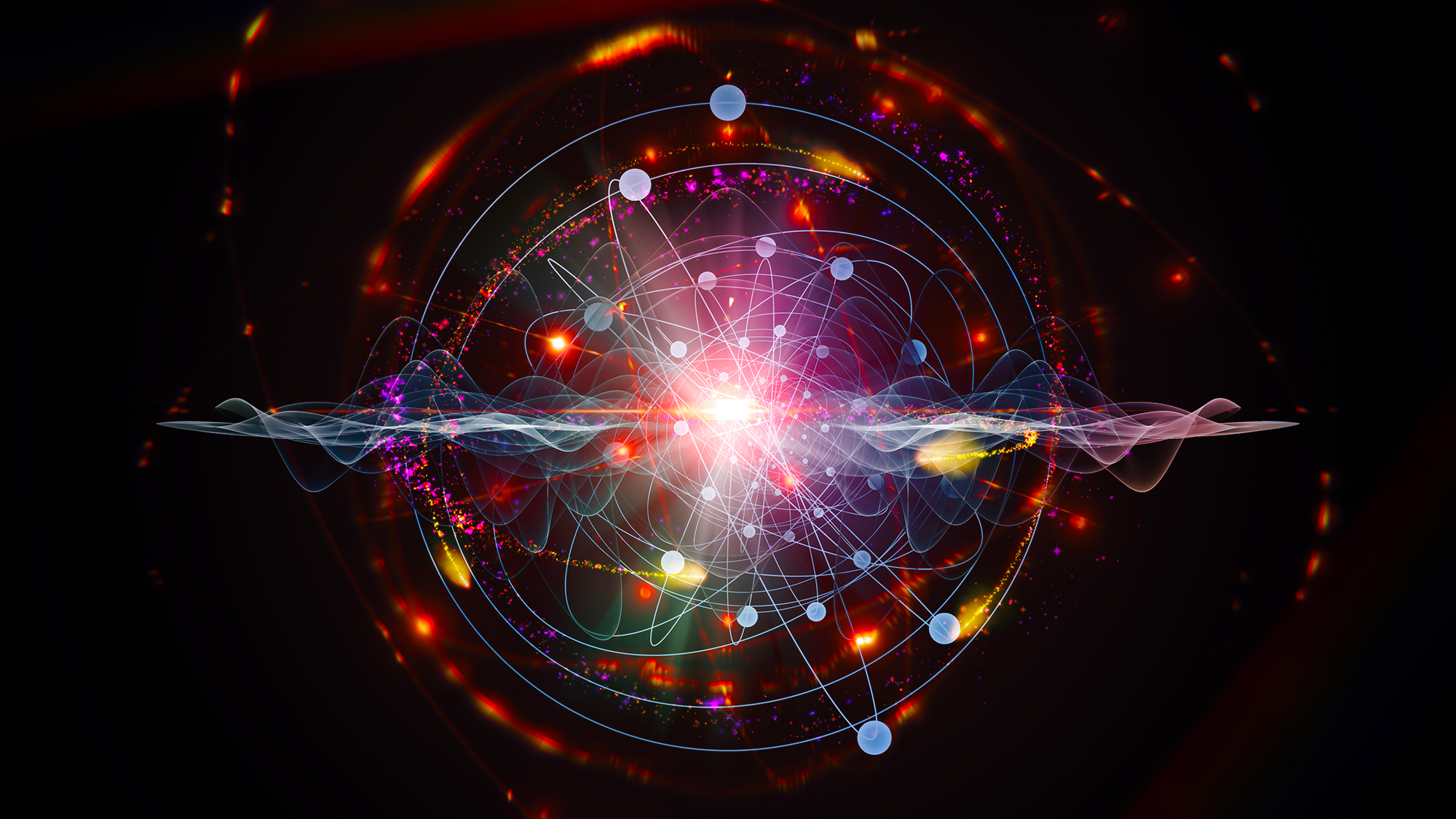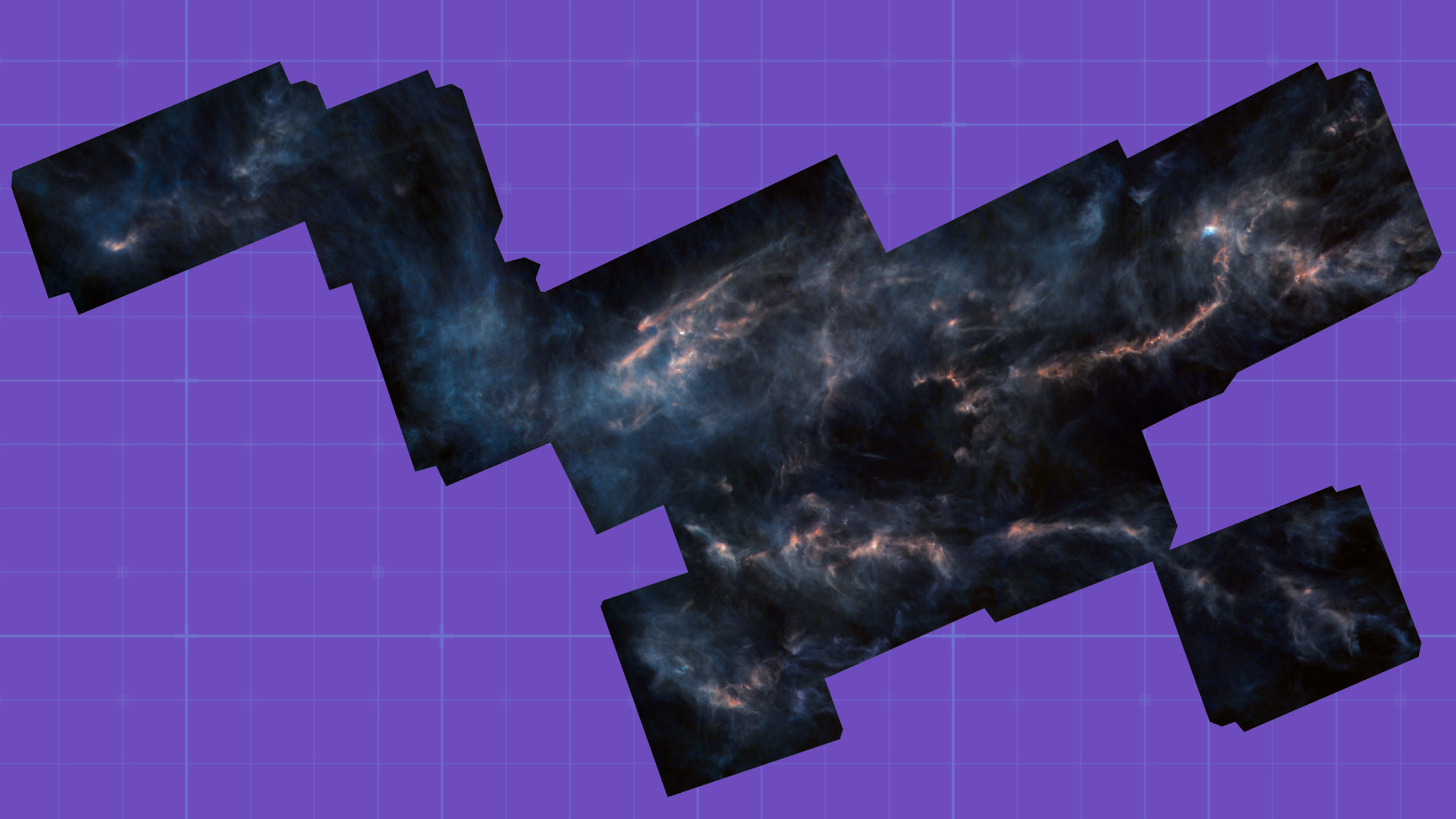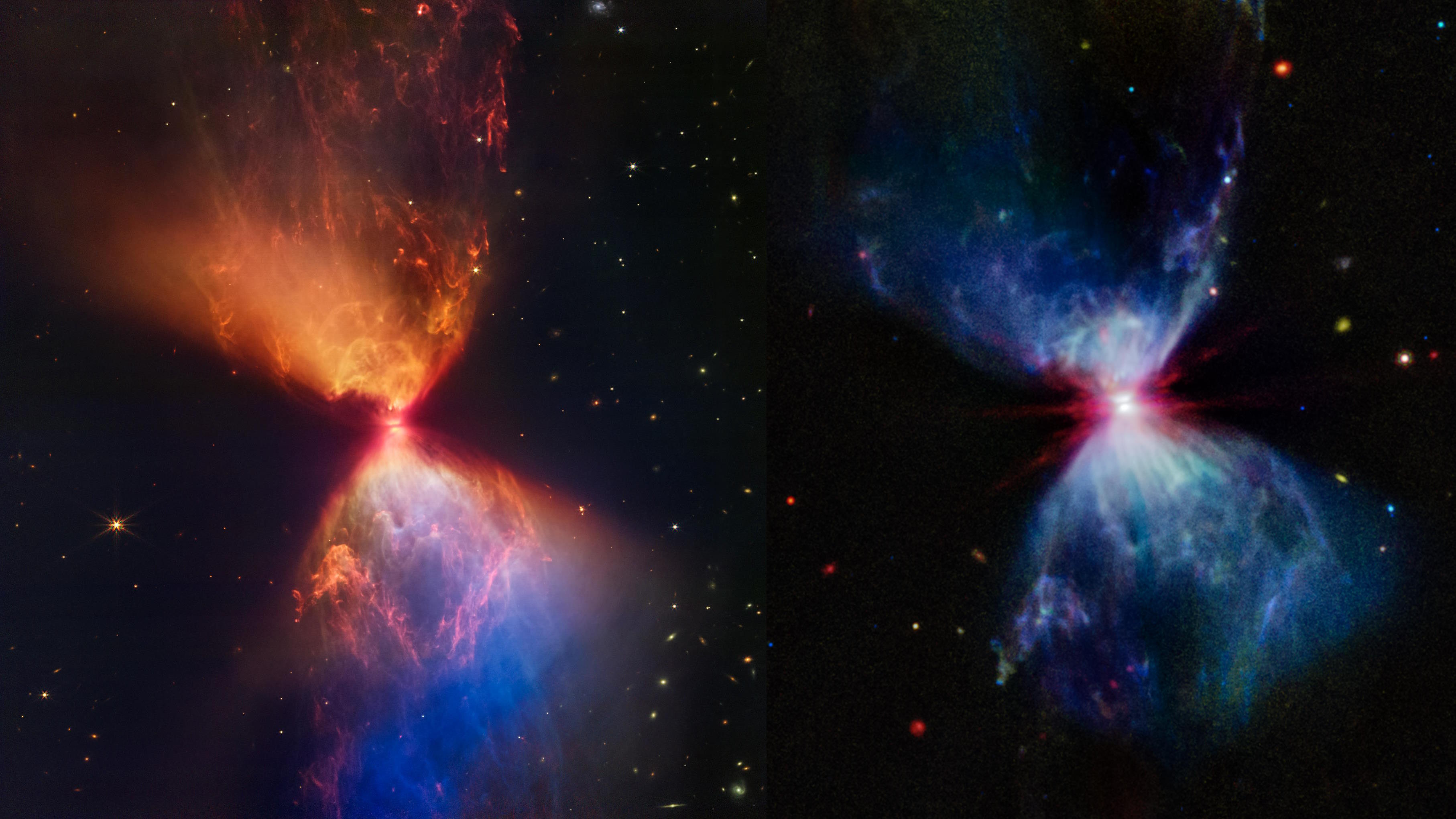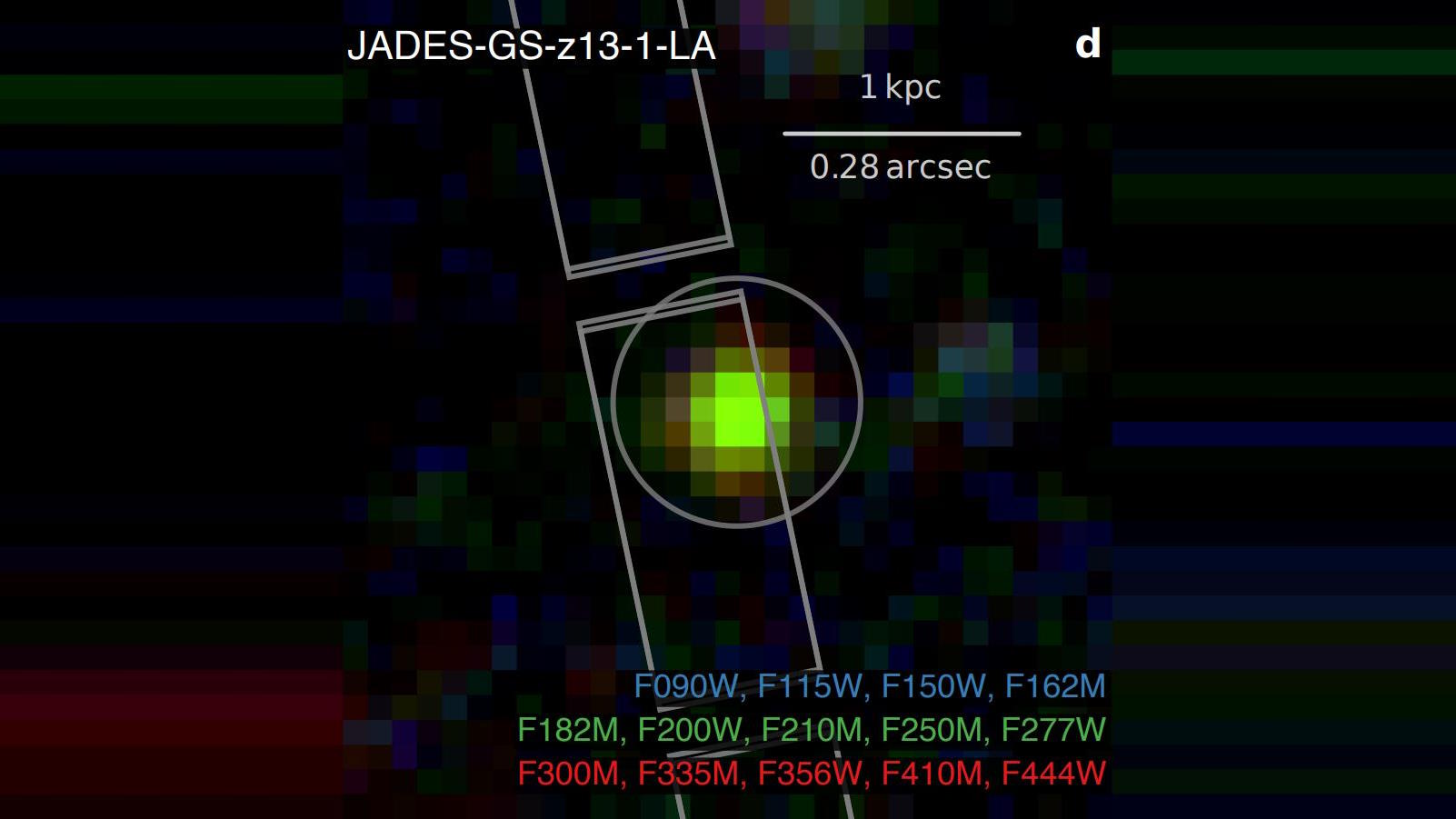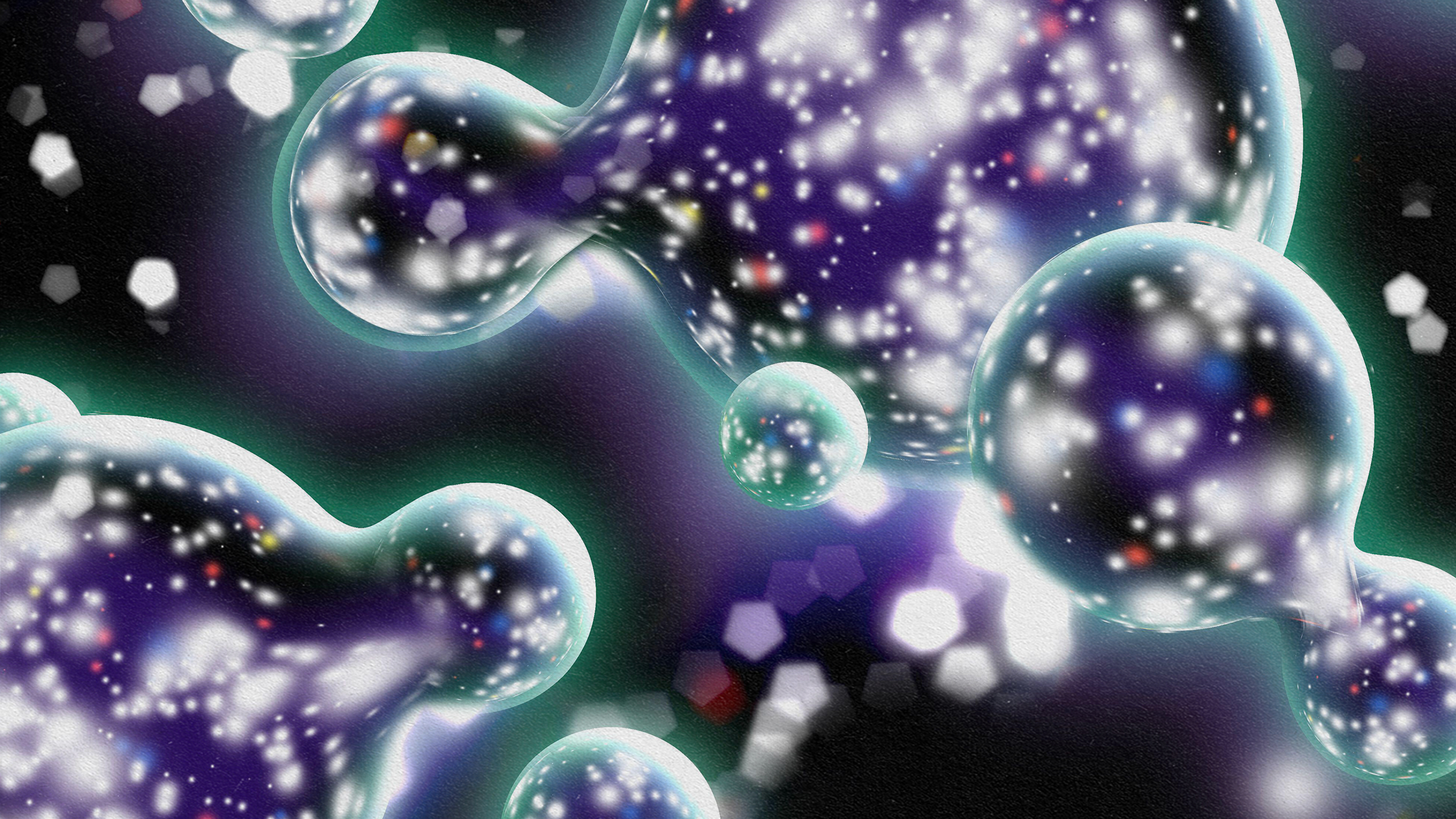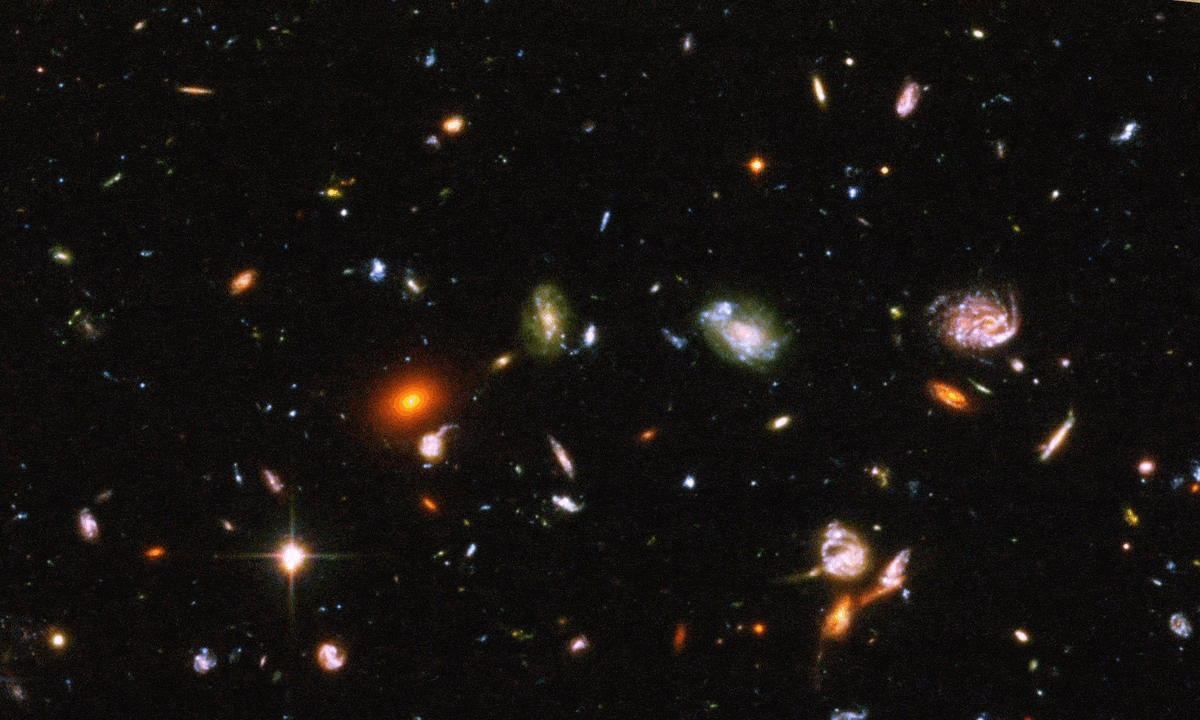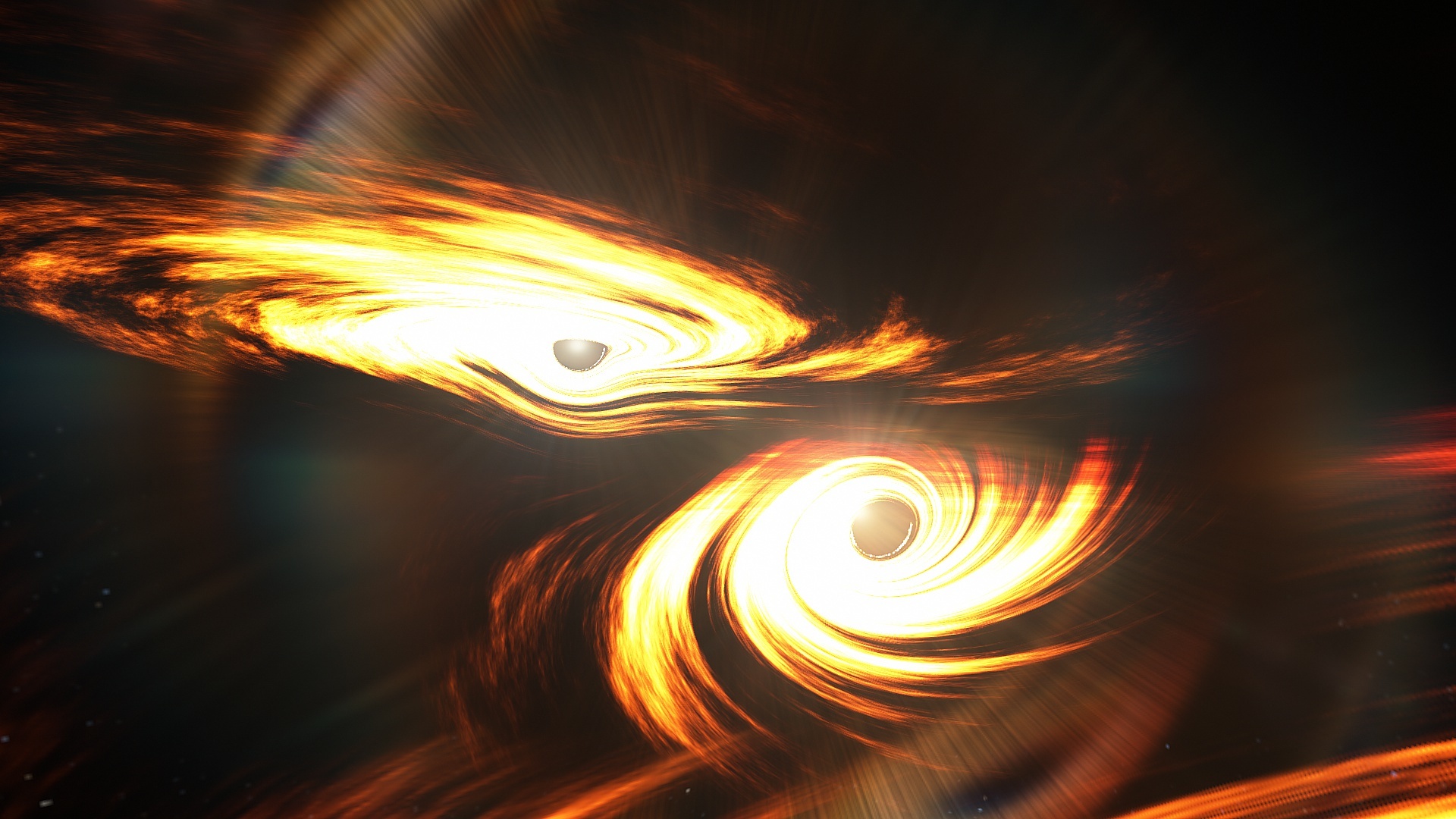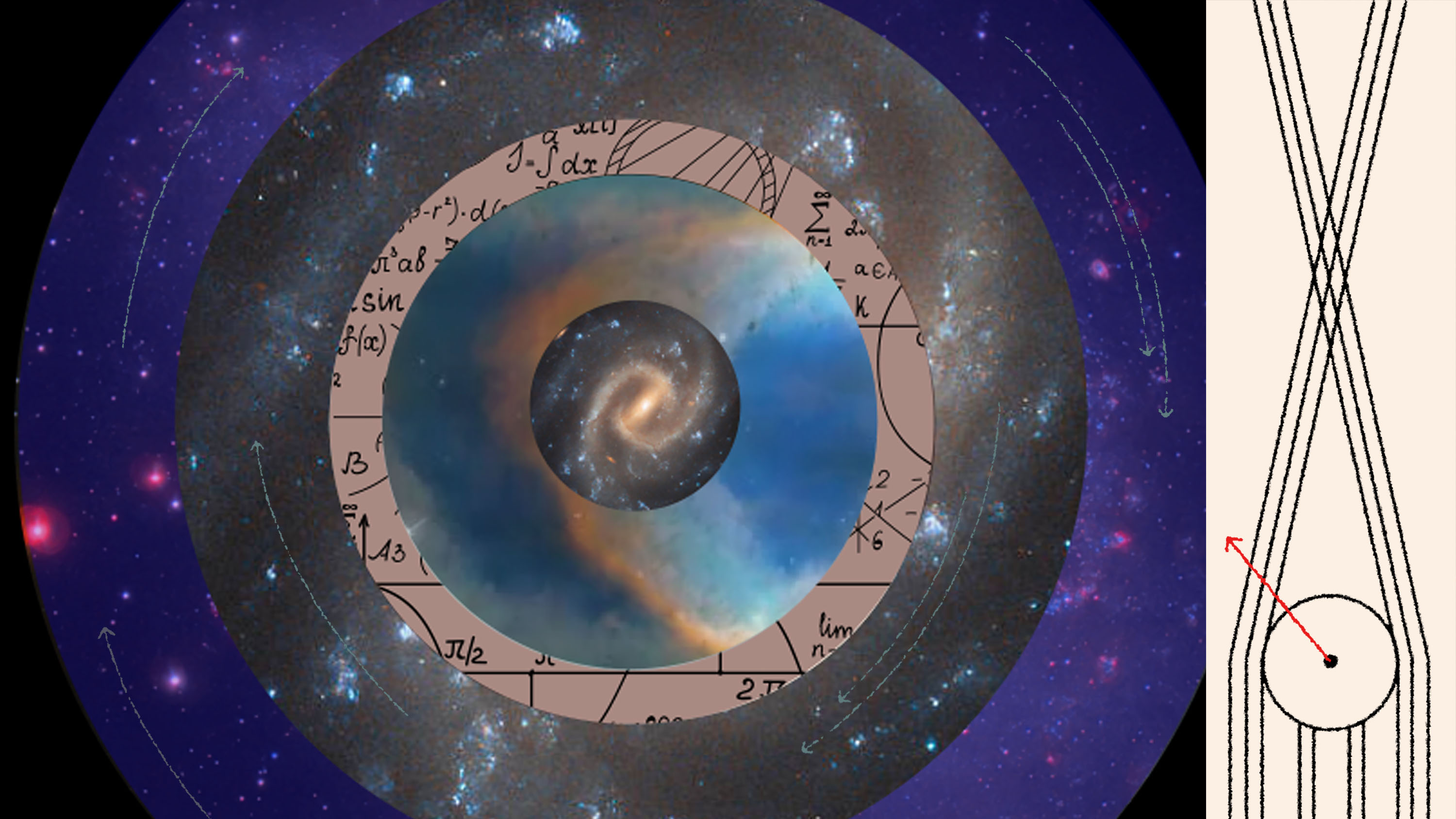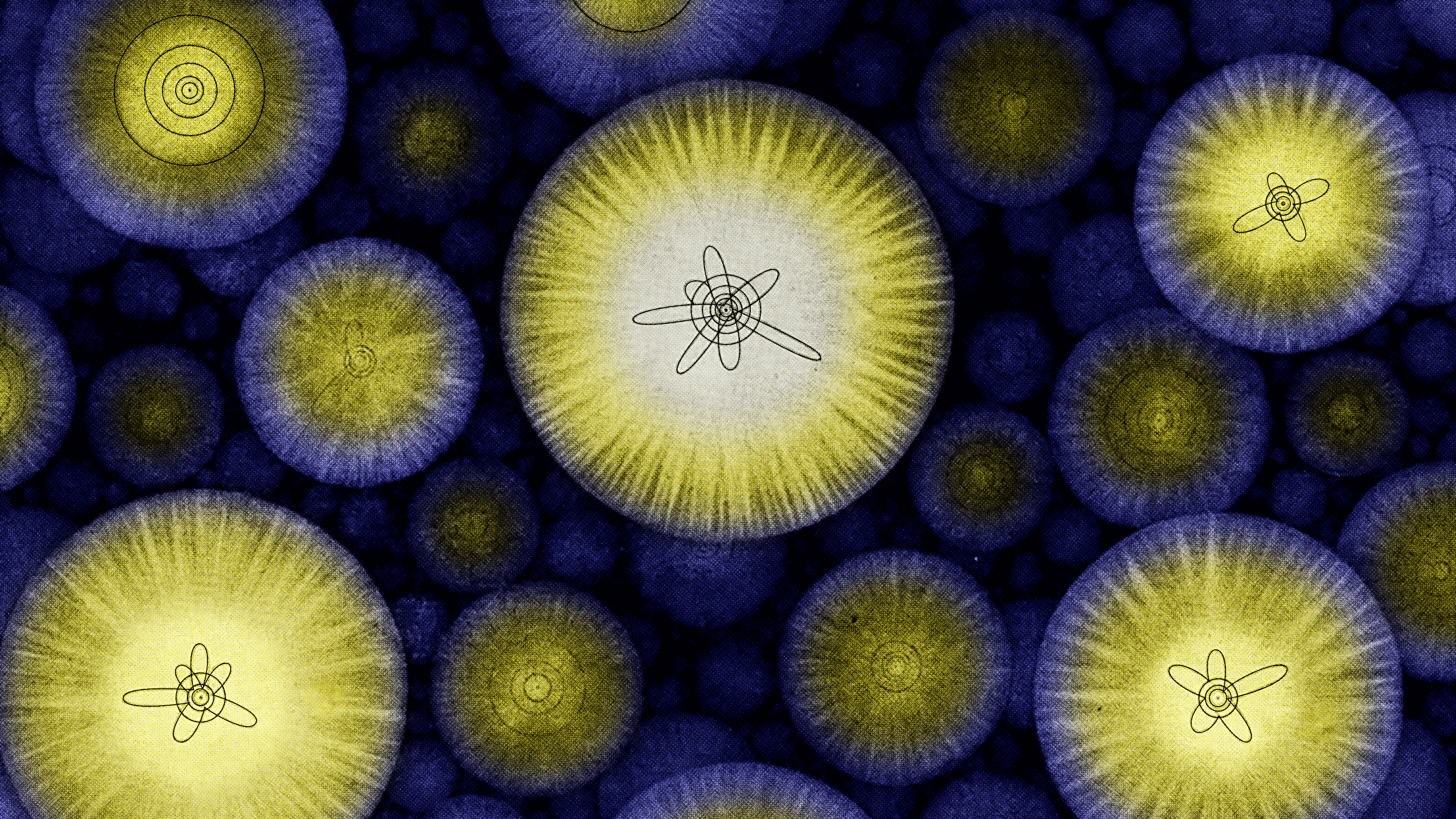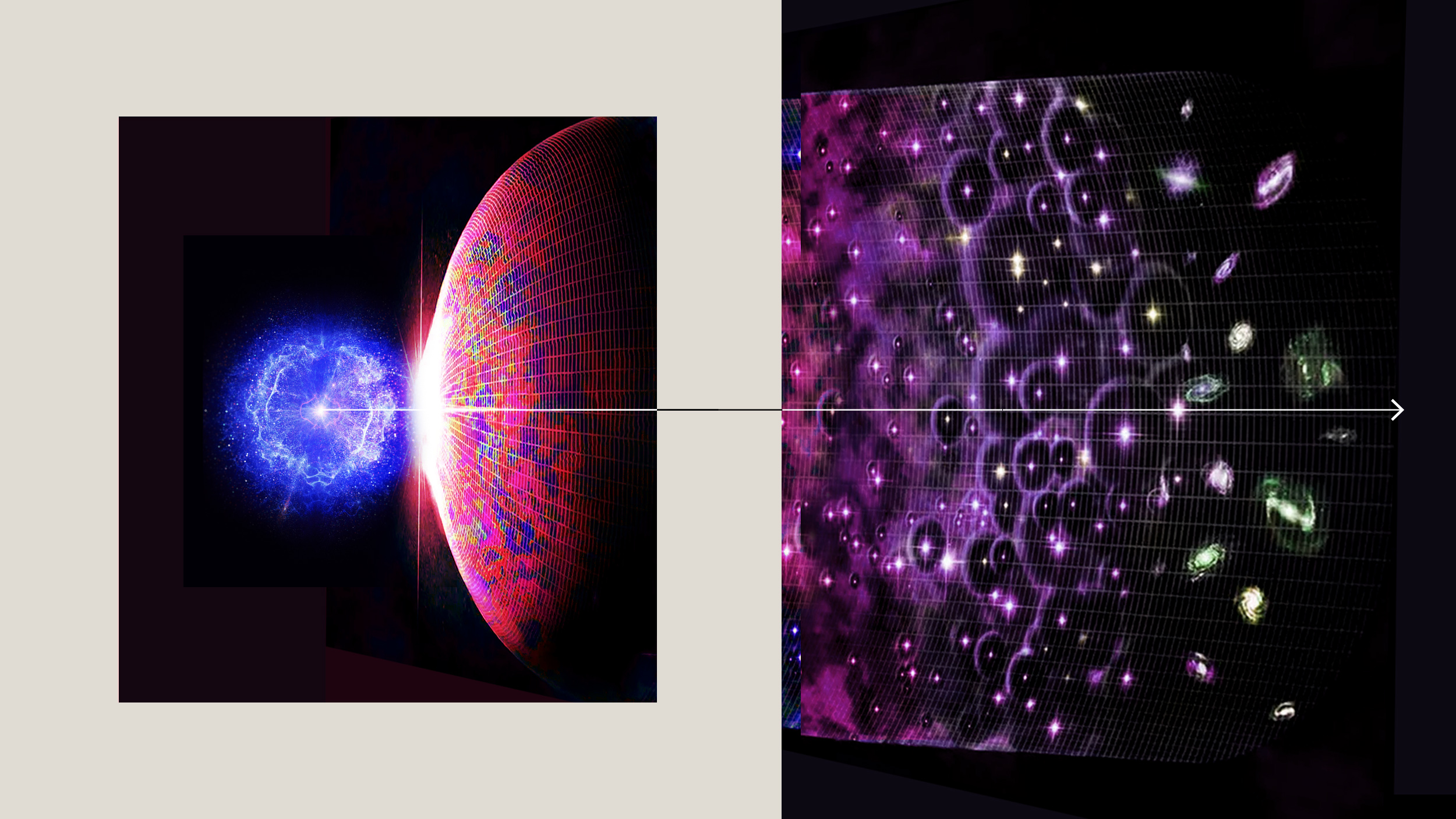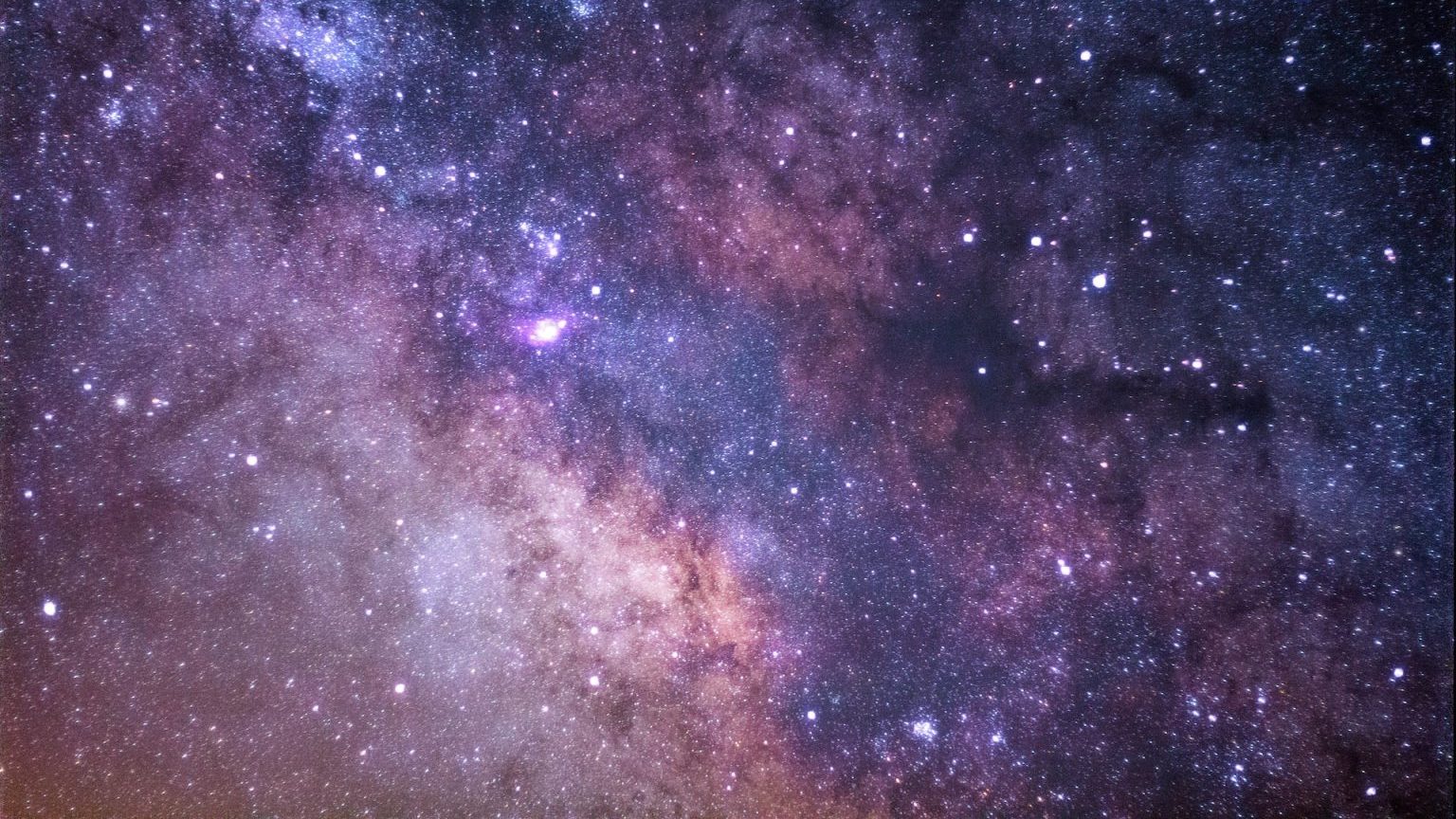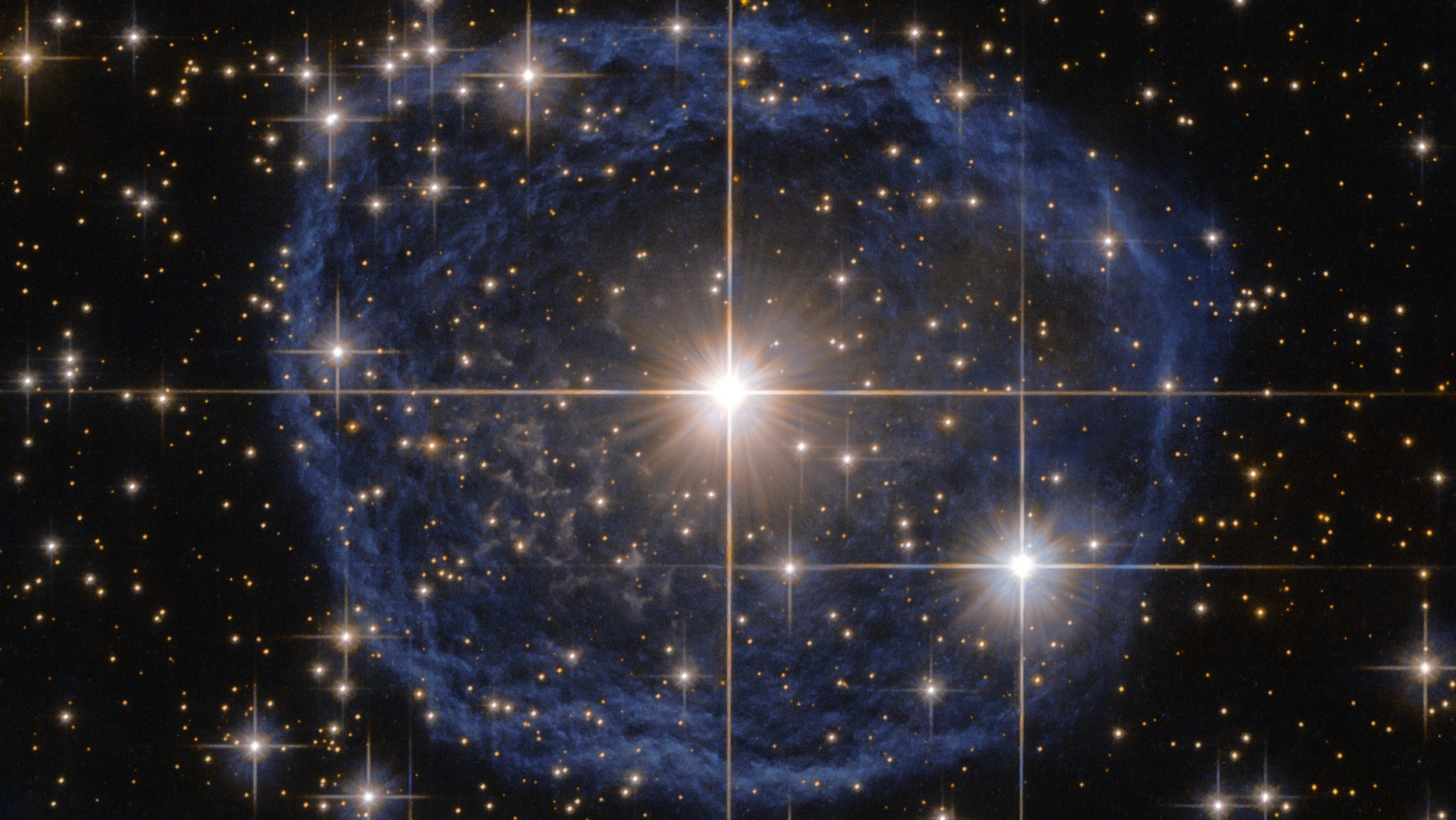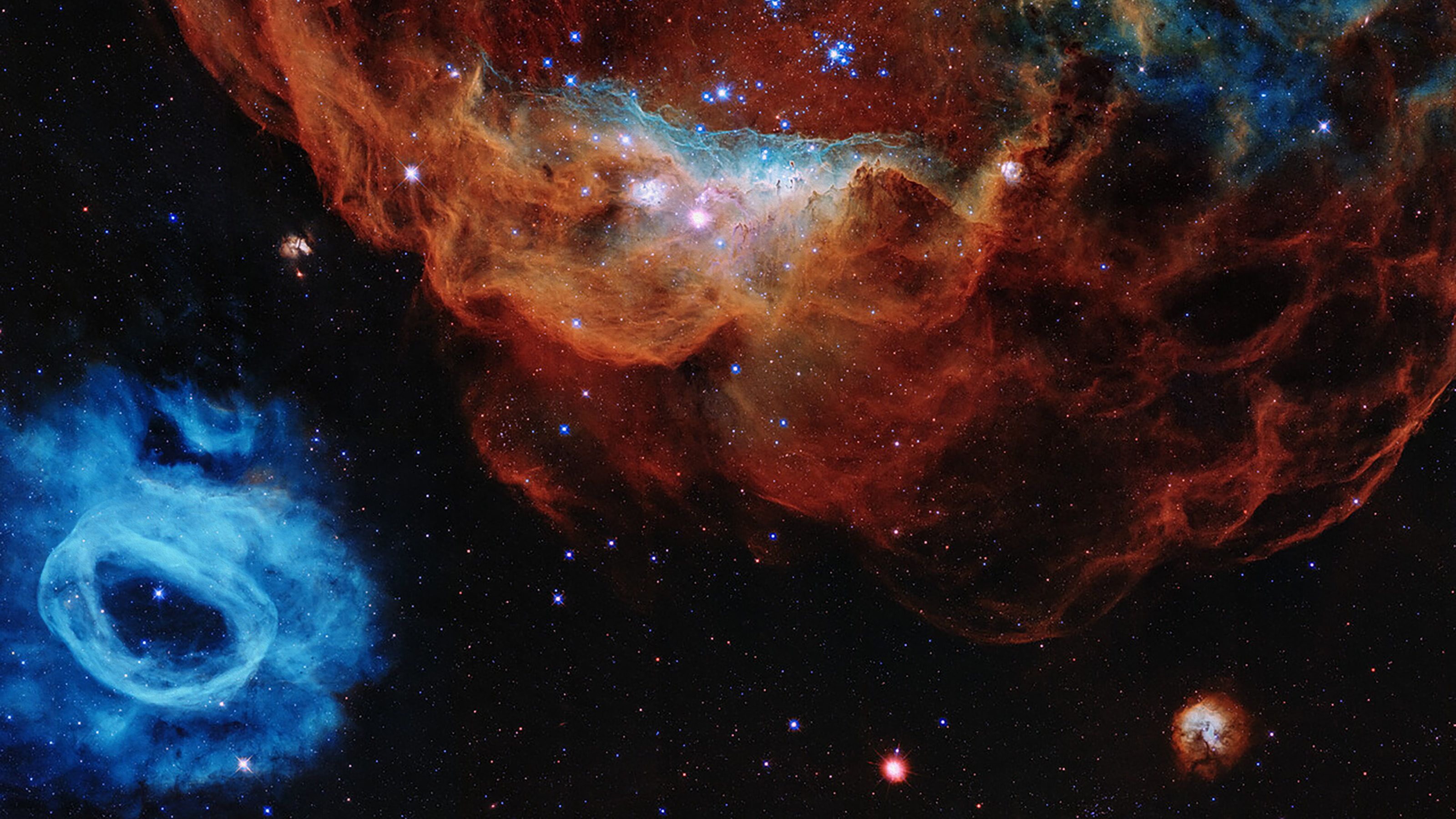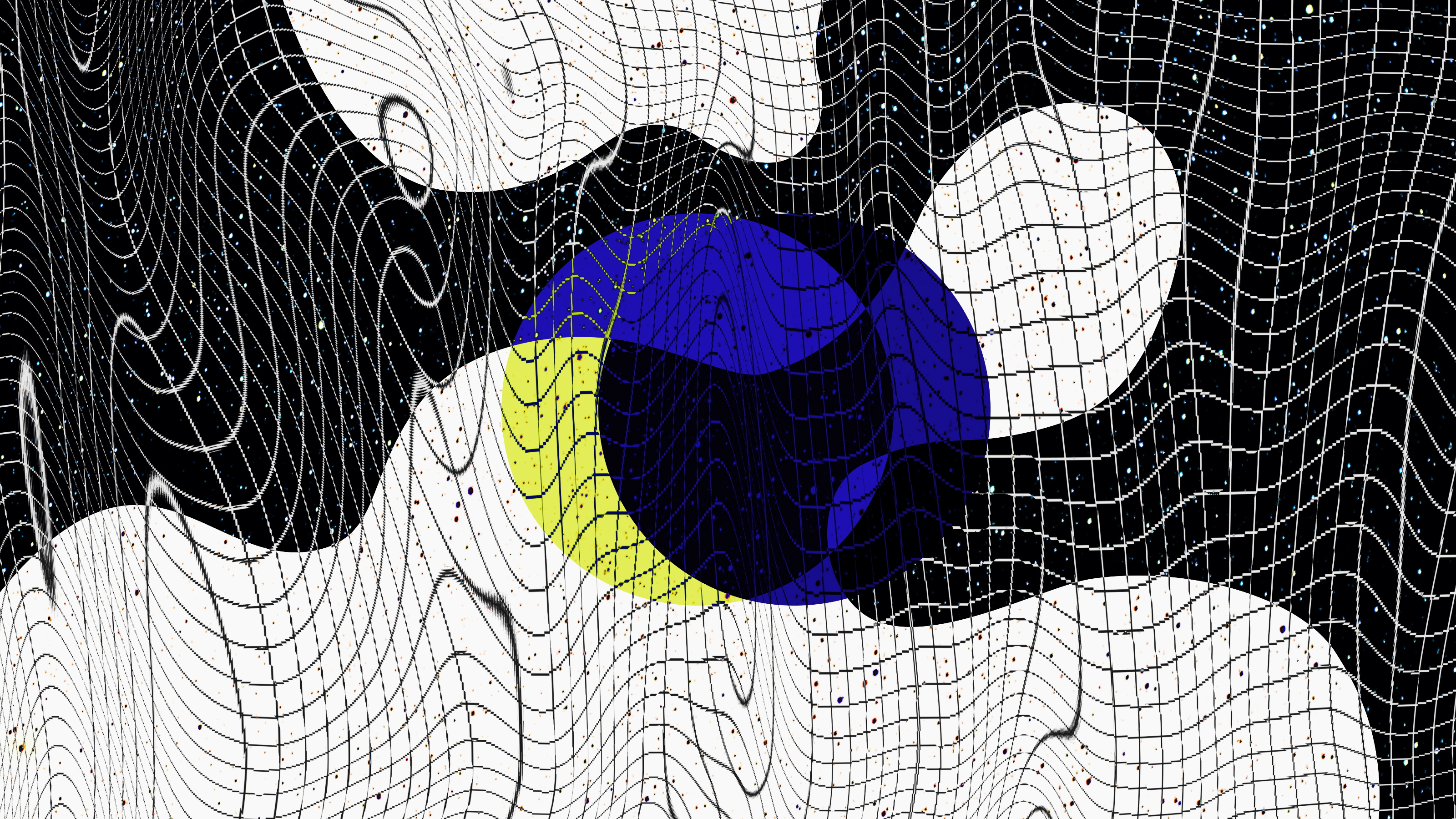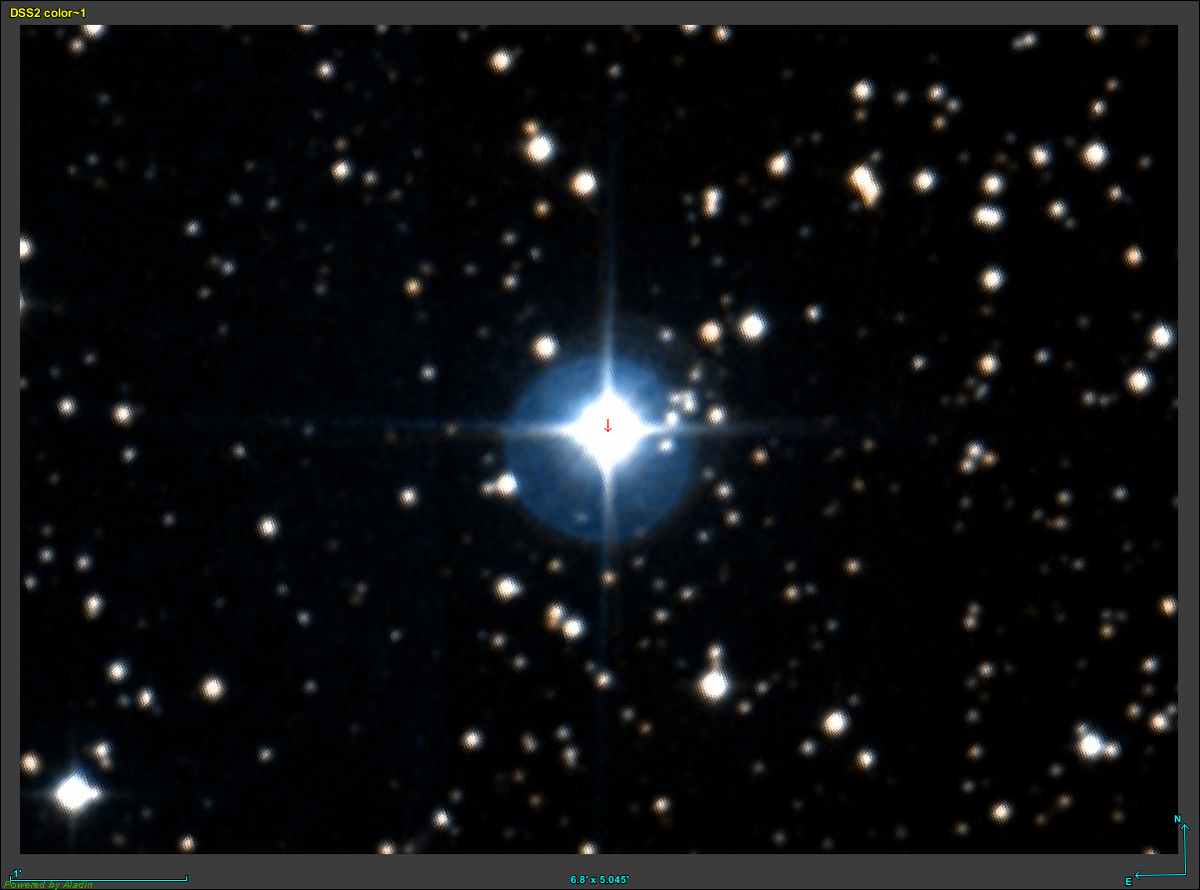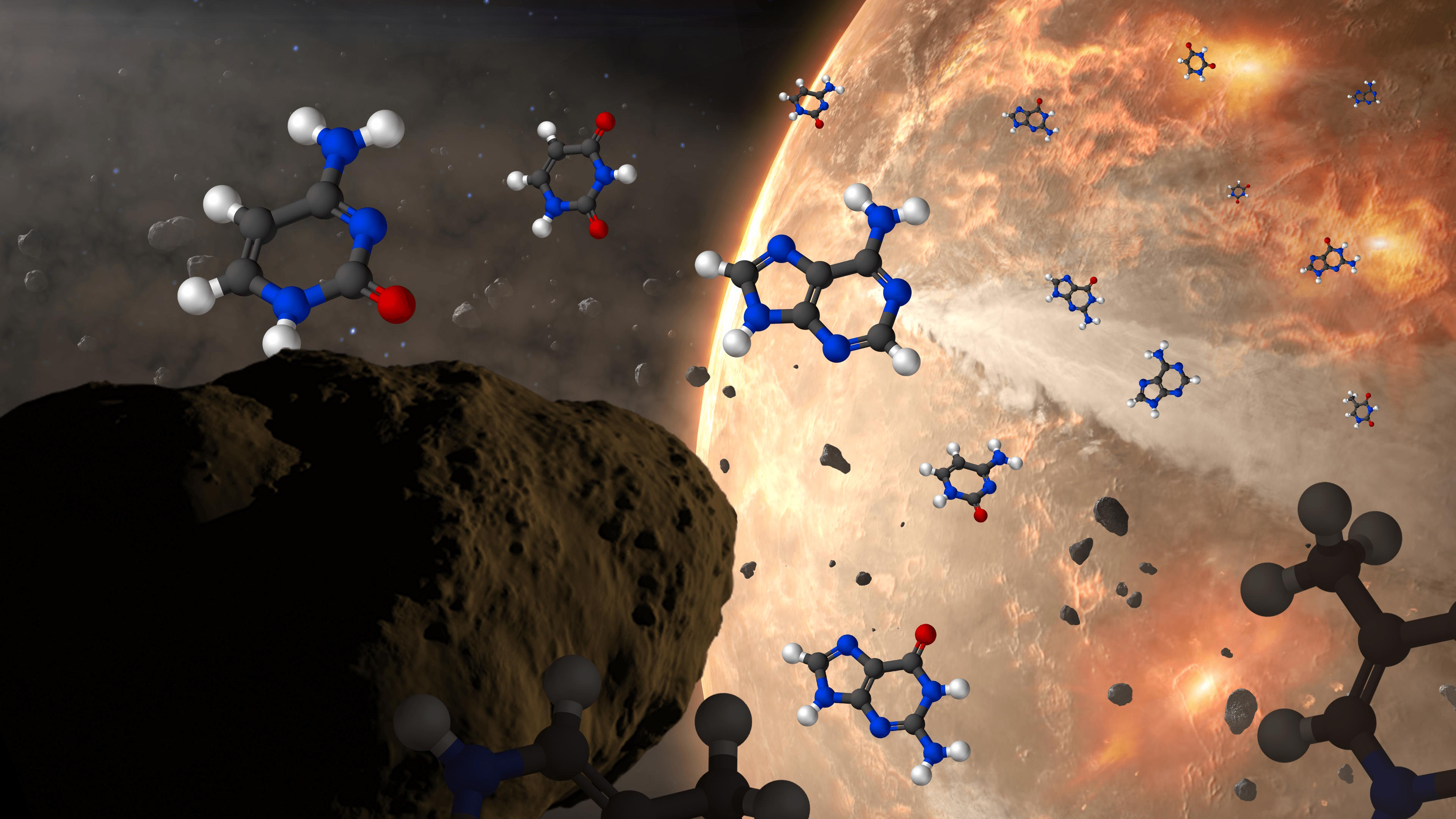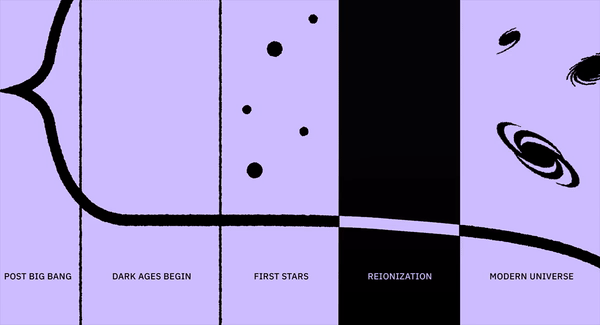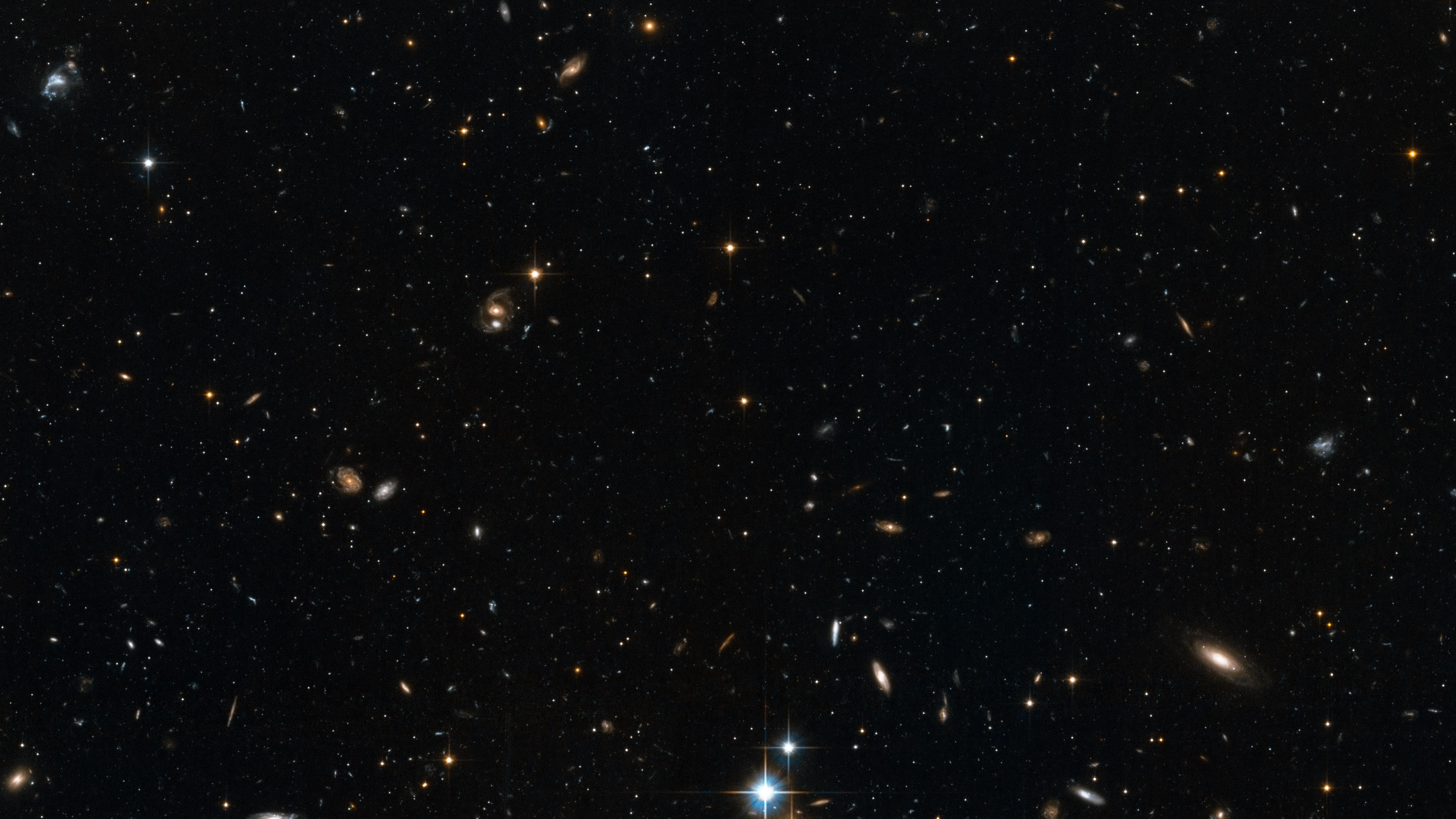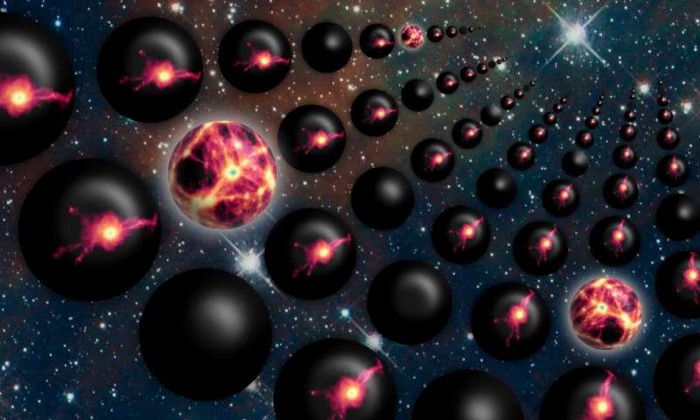Wind farms seem less productive when scientists incorporate more realistic atmospheric models into their output predictions.
Search Results
You searched for: energy
From LIGO, there weren’t enough neutron star-neutron star mergers to account for our heavy elements. With a JWST surprise, maybe they can.
From the Big Bang to black holes, singularities are hard to avoid. The math definitely predicts them, but are they truly, physically real?
Across the subterranean United States, not all rocks were created equally.
Quantum uncertainty and wave-particle duality are big features of quantum physics. But without Pauli’s rule, our Universe wouldn’t exist.
From unexplained tracks in a balloon-borne experiment to cosmic rays on Earth, the unstable muon was particle physics’ biggest surprise.
No matter how good our measurement devices get, certain quantum properties always possess an inherent uncertainty. Can we figure out why?
Atomic nuclei form in minutes. Atoms form in hundreds of thousands of years. But the “dark ages” rule thereafter, until stars finally form.
It will be immensely difficult for the Bitcoin and Ethereum blockchains to protect their competitive edge if they do not pursue a radical change.
Just 460 light-years away, the closest newborn protostars are forming in the Taurus molecular cloud. Here are JWST’s astonishing insights.
The Lyman-α emission line has never been seen earlier than 550 million years after the Big Bang. So why does JADES-GS-z13-1-LA have one?
In logic, ‘reductio ad absurdum’ shows how flawed arguments fall apart. Our absurd Universe, however, often defies our intuitive reasoning.
From inside our Solar System, zodiacal light prevents us from seeing true darkness. From billions of miles away, New Horizons finally can.
All matter particles can act as waves, and massless light waves show particle-like behavior. Can gravitational waves also be particle-like?
Cosmologists are largely still in the dark about the forces that drive the Universe.
Long thought a pipe dream, scientists have discovered a drug that mimics the effects of exercise.
By probing the Universe on atomic scales and smaller, we can reveal the entirety of the Standard Model, and with it, the quantum Universe.
DESI has allowed astronomers to create an unprecedented 3D map of the Universe representing 20% of the entire sky.
On the largest of cosmic scales, the Universe is expanding. But it isn’t all-or-nothing everywhere, as “collapse” is also part of the story.
From the Big Bang to dark energy, knowledge of the cosmos has sped up in the past century — but big questions linger.
Lithium-ion batteries pose challenges for our transition toward renewable energy. Sodium-sulfur batteries might be a solution.
The most common element in the Universe, vital for forming new stars, is hydrogen. But there’s a finite amount of it; what if we run out?
In many ways, we are still novices playing with toy models seeking to understand the stars.
We can reasonably say that we understand the history of the Universe within one-trillionth of a second after the Big Bang. That’s not good enough.
Most stars shine with properties, like brightness, that barely change at all with time. The ones that do vary help us unlock the Universe.
When the Universe was first born, the ingredients necessary for life were nowhere to be found. Only our “lucky stars” enabled our existence.
For 550 million years, neutral atoms blocked the light made in stars from traveling freely through the Universe. Here’s how it then changed.
The Universe is precisely dated at 13.8 billion years old, but astronomers claim the Methuselah star is 14.5 billion years old. What gives?
The Universe’s history, from cosmic inflation to the Big Bang to the present, is known. But whether it’s infinite or not is still a mystery.
AI projects reveal both heroes and villains in your workforce — success depends on maximizing the number of heroes.

